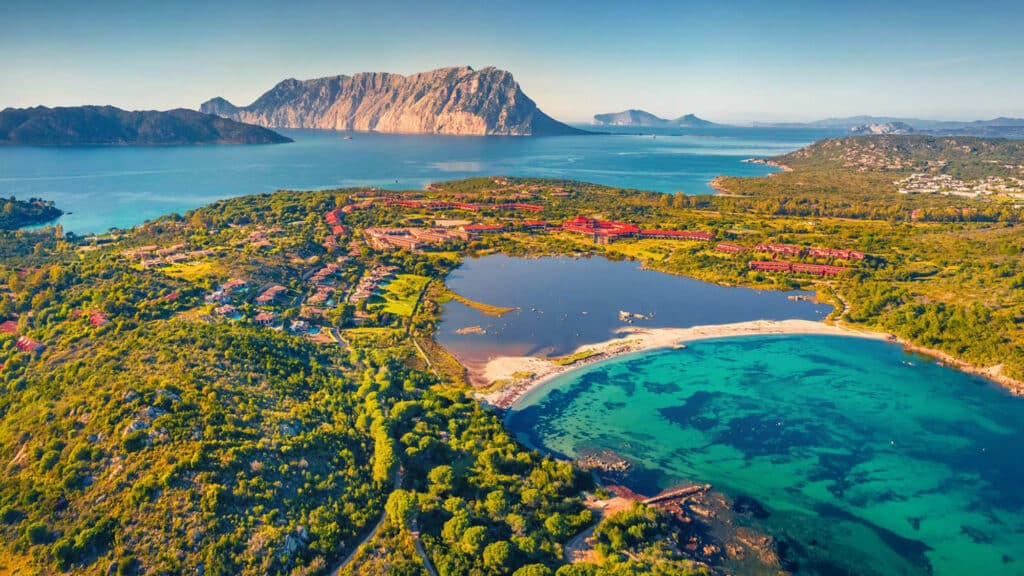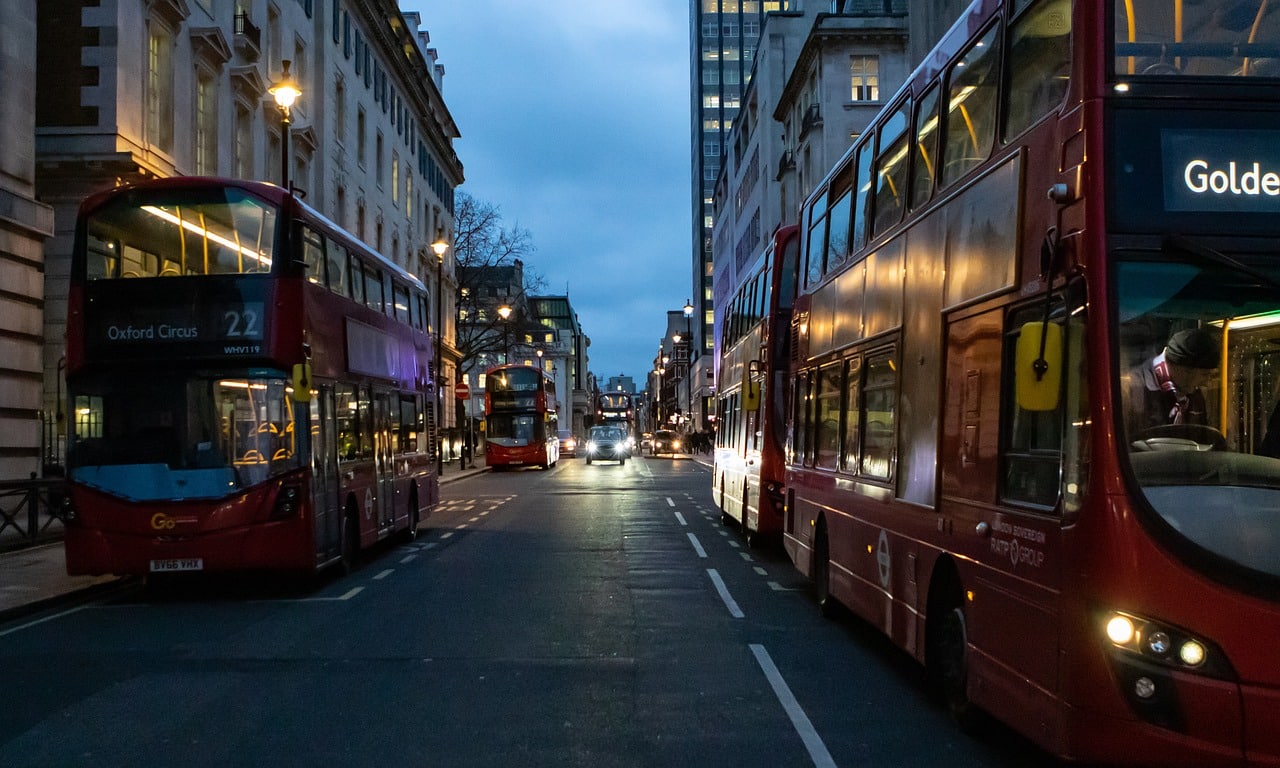
Coolvoyage Destinations – A European Platform for Youth, Culture & Sustainability
Coolvoyage Destinations™ is a Europe-wide platform connecting young people, local communities, and creative professionals through non-formal education, sustainable travel, and intercultural exchange.
With active hubs in Sardinia, London, Phuket, and partner cities across Europe, we develop and promote Erasmus+ projects, youth mobility, cultural cooperation, and social innovation.
Each destination is a space for learning, sharing, and creating impact:
Sardinia: Non-formal education, sustainable tourism, local identity and youth engagement (Cool Sardinia Guide)
London: Creative industries, digital skills, youth-led events, and project coordination
Phuket: Retreats, wellness, creativity, and global education
Blend: The cultural brand that connects our music, storytelling, and youth voice initiatives
Through partnerships and European funding opportunities (Erasmus+, CERV, Horizon Europe), we aim to co-create meaningful learning experiences and strengthen cooperation across borders.
We are open to collaborating with NGOs, public institutions, schools, youth workers, and artists interested in building a more inclusive and connected Europe.

Discover the Soul of North East Sardinia
Northeast Sardinia, particularly Gallura, is renowned for its stunning landscapes, pristine beaches, and rich cultural heritage. Gallura is characterized by its rugged coastline, dotted with granite cliffs, hidden coves, and crystal-clear waters. This region boasts charming coastal towns such as Porto Cervo and Porto Rotondo, famous for their luxurious marinas, upscale boutiques, and vibrant nightlife. Inland, visitors can explore picturesque villages, ancient nuraghe ruins, and verdant countryside. The area is also renowned for its delicious cuisine, featuring fresh seafood, homemade pastas, and flavorful local wines. With its breathtaking scenery and rich cultural offerings, Northeast Sardinia, particularly Gallura, is a must-visit destination for travelers seeking a blend of natural beauty and Mediterranean charm.
Cool Sardinia Guide is a candidate project for Erasmus+ 2025–2026, focused on sustainable tourism, youth participation, and intercultural learning.
In Application” / “Under Evaluation This project is currently being submitted for funding under the Erasmus+ Programme – KA210 Small-Scale Partnerships. OID: E10403001 – SPID and PEC activated for EU funding purposes
Discover Real Phuket.
At Cool Phuket Guide, we’ve been sharing the best of Phuket since 1999 — originally known as Phuket Italia, one of the first online resources dedicated to the island. Born from a deep passion for Thai culture and island life, our guide has grown into a trusted companion for long-stay travellers, digital nomads, and European retirees seeking a better lifestyle under the tropical sun. We’re not a big corporate blog — we’re an independent, experience-driven project made by real people who live and breathe Phuket. We offer practical advice, tailor-made services, and real local insight — so you can feel at home, even on the other side of the world. Whether you’re staying one month or planning a new life, we’re here to make it smoother, smarter, and unforgettable.

Real London. Real Voices.
Welcome to Cool London Guide — a space for young creatives, newcomers, and explorers looking for the other side of the city.
Here you’ll find cultural gems, street style, food rituals, grassroots projects, and local vibes from South London and beyond.
Forget the tourist checklists. This is London told by its real people.
Cool London Guide is a youth-led platform exploring the real London — the street corners, voices, and hidden gems behind the tourist trail.
We tell local stories from South London’s creative heart: Peckham, Brixton, Hackney and beyond.
More than a guide — it’s a cultural compass for newcomers, creators and community lovers.



